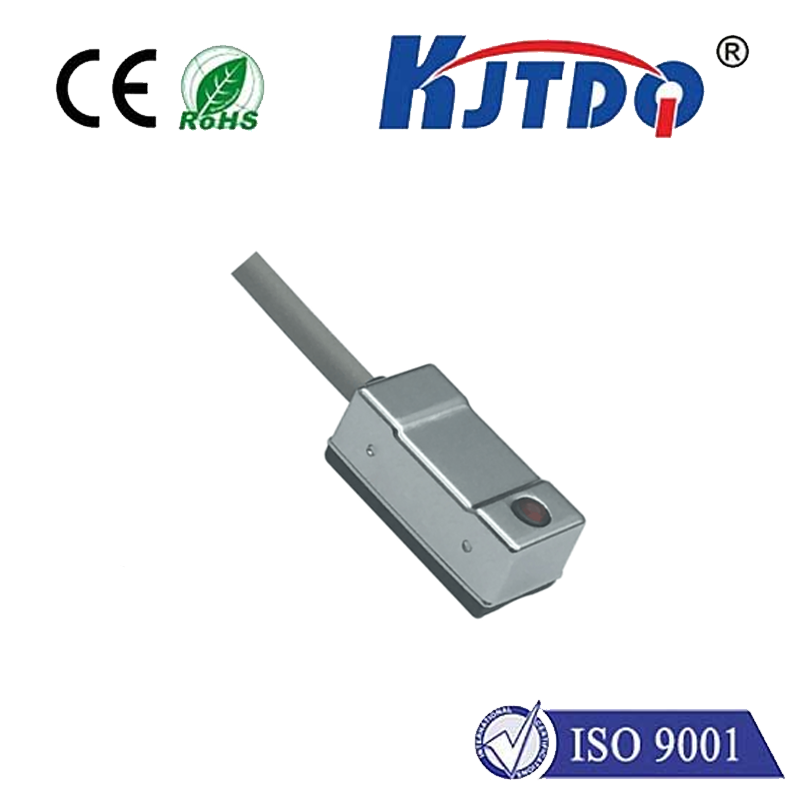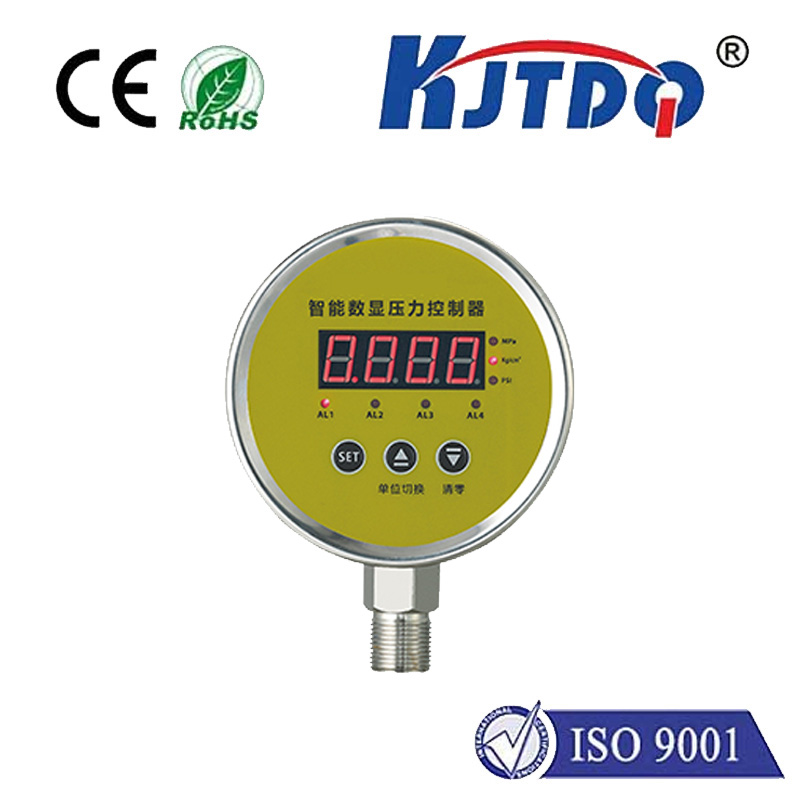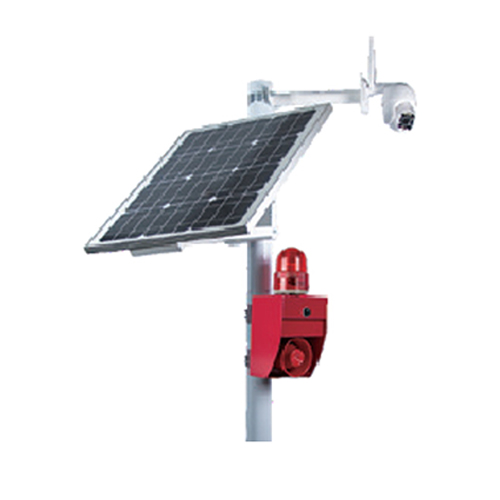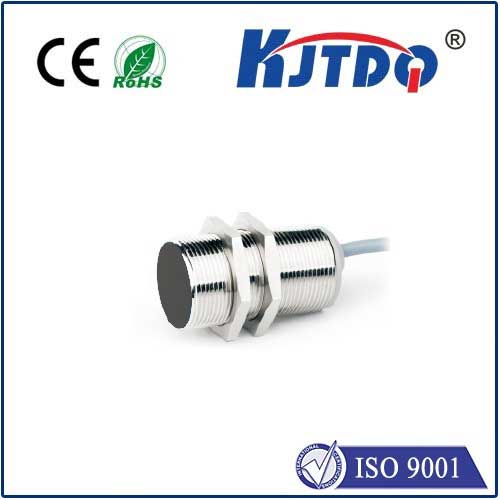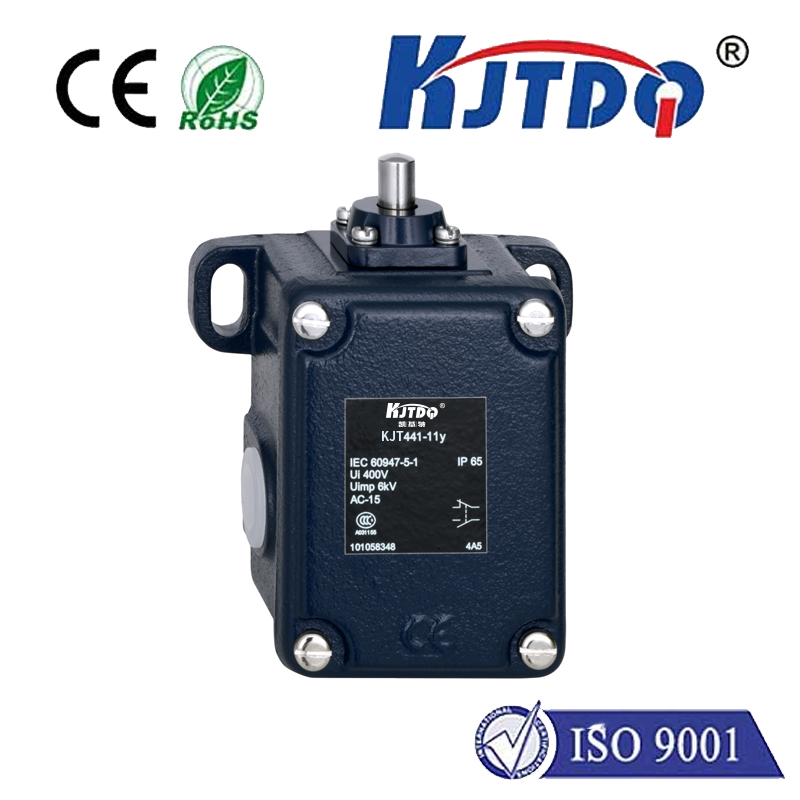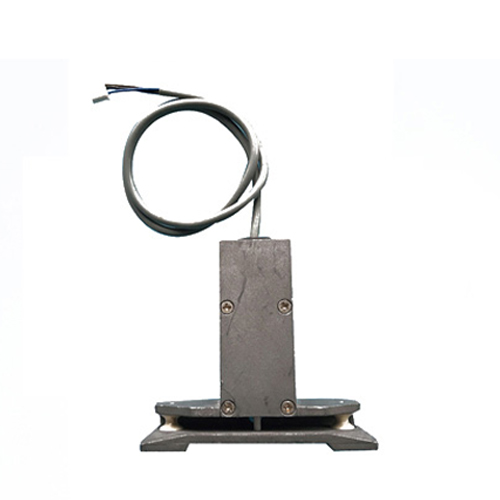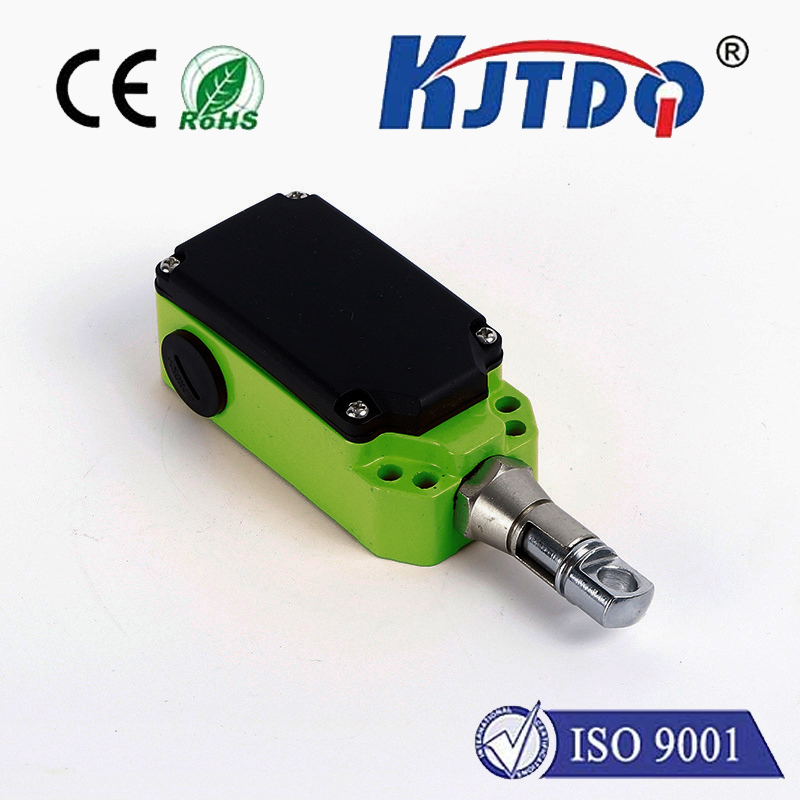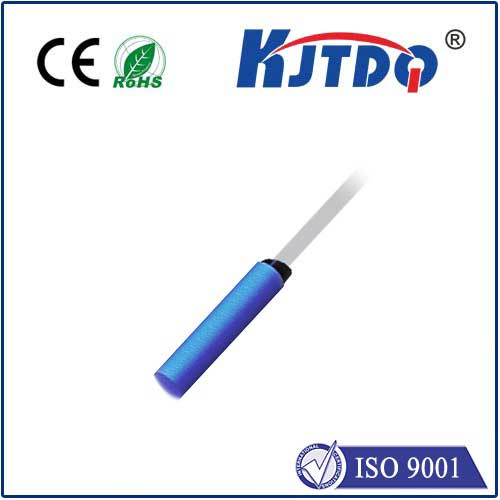датчик приближения
- time:2025-06-12 17:43:05
- Нажмите:0
Unseen Protectors: How Proximity Sensors Safeguard Our Tech-Driven World
Have you ever marveled at how your smartphone’s screen magically turns off when held to your ear during a call, preventing accidental button presses? Or considered how industrial robots operate safely near humans, halting instantly if someone gets too close? The silent hero enabling these near-magical feats and countless others is the humble, yet indispensable, датчик приближения. These unassuming electronic sentinels constantly monitor their surroundings, detecting the presence or absence of objects without any physical contact, forming a critical link between the physical world and our digital systems.
Understanding the Fundamentals: What is a Proximity Sensor?
At its core, a датчик приближения is a device designed to detect the presence, absence, or distance of an object within its defined sensing range. Crucially, it accomplishes this non-contactly. Unlike a simple mechanical switch requiring a press, proximity sensors use various physical principles to “sense” their environment remotely. They translate this detection into an electrical signal – typically a simple on/off switch or a variable output proportional to distance – which can then be used by other devices or control systems to trigger actions, provide feedback, or enhance safety.
The Invisible Hand: How Proximity Sensors Work
The “magic” behind object detection depends on the specific technology employed. The two most common types are:

- Infrared (IR) Proximity Sensors: These work by emitting an infrared light beam. When an object enters the sensor’s field, it reflects some of this IR light back to a receiver within the sensor. Detection occurs when the reflected signal strength exceeds a set threshold. Smartphone screens, automatic faucets, and many basic presence detection systems rely heavily on this cost-effective and widely used technology. Modern variants often employ zero-wake-up designs for ultra-low power consumption in battery-powered devices.
- Ultrasonic Proximity Sensors: These emit high-frequency sound waves (inaudible to humans) and measure the time it takes for the echo to return after bouncing off an object. By calculating this time-of-flight, the sensor can determine both presence and distance. They excel in environments where optical sensors might struggle – handling transparent objects, dusty conditions, or varying surface colors reliably. Common applications include parking assistance systems, liquid level detection in tanks, and industrial automation.
Other types, like inductive (detecting metallic objects only, prevalent in factory floors) or capacitive (detecting almost any material, including liquids, used in touchscreens), offer specialized solutions for niche requirements.
Where the Unseen Makes the Difference: Key Applications
The versatility of proximity sensors means they are woven into the fabric of our modern world:
- Consumer Electronics: Beyond the phone call example, they enable features like automatic screen wake/sleep on laptops when a user approaches or leaves, prevent accidental touches on tablets, and power gesture control in some devices.
- Automotive Safety & Convenience: They are integral to parking sensors, alerting drivers to obstacles. Advanced systems use arrays for features like blind-spot monitoring and cross-traffic alert. Inside the cabin, they might trigger interior lighting or disable airbags if a child seat is detected.
- Industrial Automation & Robotics: This is a powerhouse application. Proximity sensors provide essential object detection on assembly lines (counting parts, verifying placement), ensure machine safety by creating virtual guard zones (safety light curtains), control robotic arm movements to prevent collisions, and monitor equipment positioning with high precision. Their reliability enables faster production cycles and enhanced worker protection.
- Smart Homes & Buildings: Automatic doors, touchless light switches, faucets, and soap dispensers rely on proximity sensing for hygiene and convenience. Smart thermostats might use presence detection to optimize heating/cooling in occupied rooms.
- Medical Devices: Ensuring hygiene and safety, they enable touchless operation of equipment, detect equipment position, or monitor patient proximity to devices.
- Security Systems: Integrated into alarm systems to detect unauthorized entry through windows or doors (even non-contact opening attempts).
The Critical Advantages: Why Non-Contact Sensing Matters
The shift from mechanical contact to non-contact detection offered by proximity sensors brings transformative benefits:
- Enhanced Reliability & Longevity: With no moving parts to wear out, they boast significantly longer operational lifespans and higher reliability compared to mechanical switches, especially in harsh or high-cycle environments.
- High-Speed Operation: Detection happens almost instantaneously, making them ideal for fast-paced industrial processes and responsive user interfaces.
- Robust Performance in Tough Conditions: Many types are sealed against dust, moisture, oil, and chemicals, thriving in industrial settings where mechanical devices would fail. Ultrasonic sensors specifically handle challenging environmental factors well.
- Versatility in Object Detection: Capable of sensing a vast array of materials (metal, plastic, wood, liquid, skin) depending on the type, far exceeding the capability of simple contact switches.
- Fundamental Safety: Creating non-physical safety barriers around machinery is perhaps their most vital role, preventing catastrophic accidents and ensuring worker well-being. This non-contact nature is the cornerstone of their safety applications.
The Future is Sensing: Emerging Trends
The evolution of proximity sensing continues. Key trends include:
- Integration with AI/ML: Sensor data feeds intelligent systems for predictive maintenance, anomaly detection, and sophisticated gesture recognition.
- Miniaturization & Lower Power: Making sensors smaller and more energy-efficient enables broader integration into wearables and ultra-portable IoT devices.
- Enhanced Multi-Sensing Capabilities: Combining proximity sensing with other environmental metrics (light, temperature, humidity) on a single chip.
- Improved Accuracy & Range: Development of sensors offering higher precision distance measurement over longer ranges.
- Scalability for IoT: More sensors designed specifically for seamless integration into large-scale IoT networks, providing critical real-world data points.
Выводы
From the palm of your hand to the heart of a bustling factory, proximity sensors operate unseen yet are fundamentally essential. By providing fast, reliable, and non-contact object detection, they enhance convenience, enable automation, and, most critically, safeguard lives and equipment. As technology hurtles forward, these silent sentinels will continue to evolve, their invisible fields of perception becoming even more deeply integrated into the intelligent systems shaping our future. Their role, though often overlooked, is a cornerstone of modern technological safety and efficiency.

